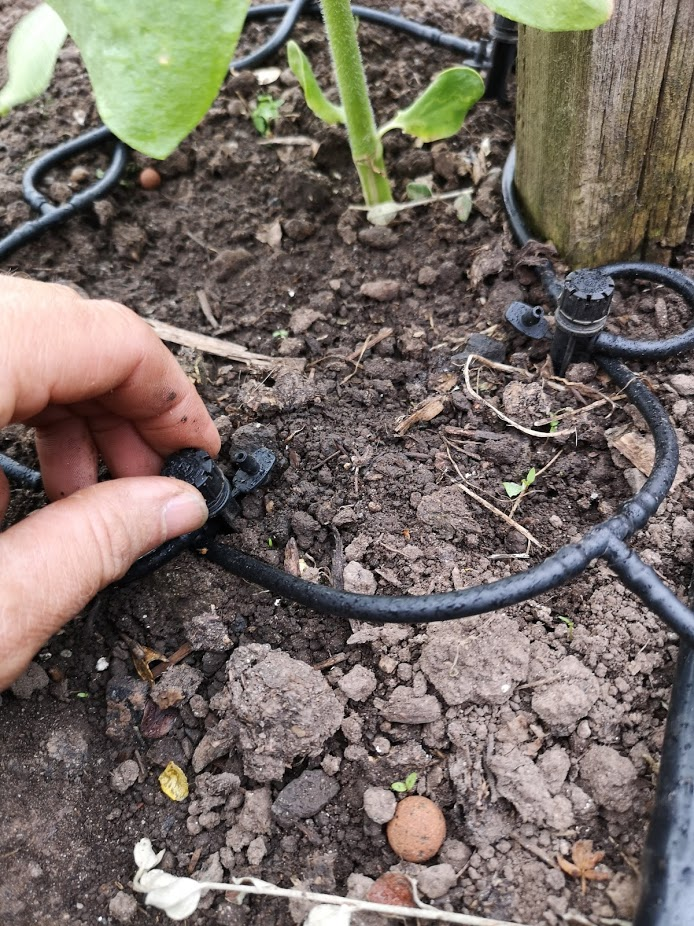How To Grow A Giant Celery
Because giant celery has such a long maturity time, giant celery needs to be planted at the beginning of January in a heated greenhouse
The seeds are sown in either 3-inch pots or large module trays filled with a good quality seed compost such as Dalefoot Seed Compost. They are placed into a Vitopod propagator and the heat is set at 65oF
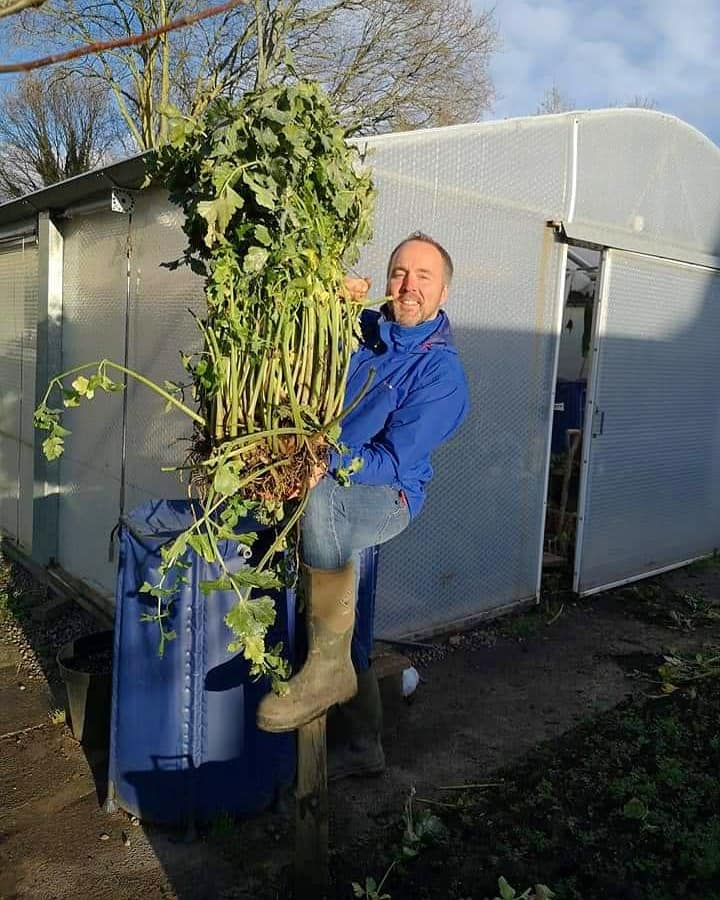
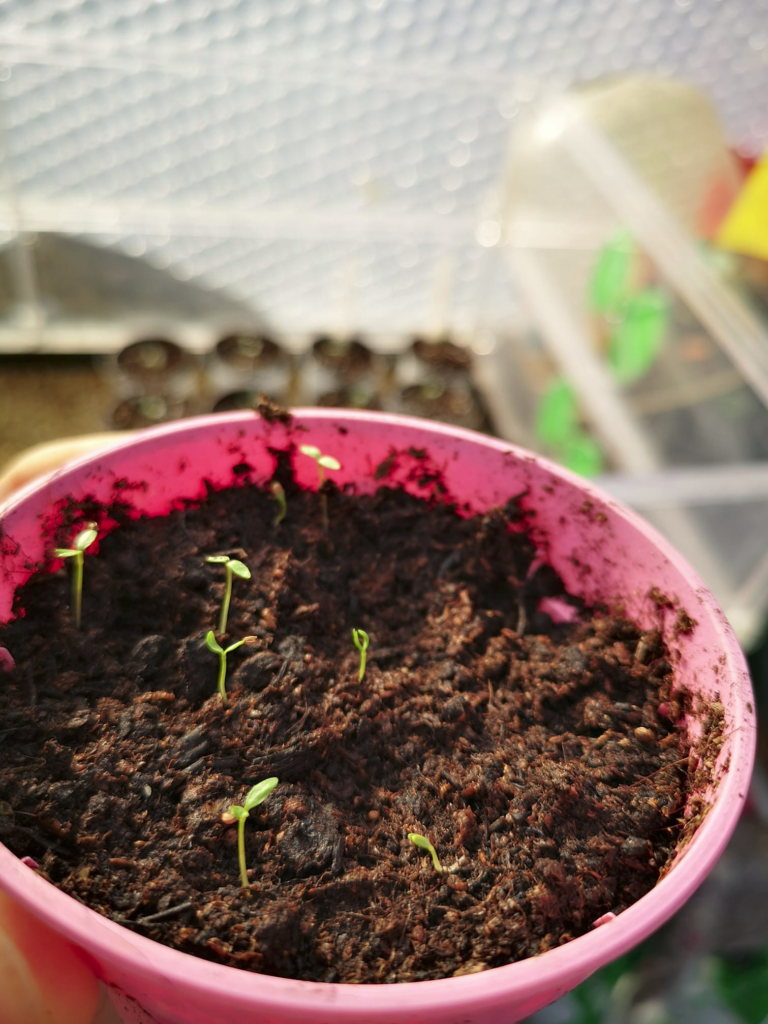
Like normal celery seeds, giant celery seeds are tiny and tricky to plant, so try mixing them up with some horticultural sand first and then sprinkling the sand/seed mix over the pots or modules that you are starting the celery plants in. This will help you to identify them
Broadcast the celery on the surface as the seed need light to germinate. Gently water in, you may wish to sit the tray / pots in a pan of water and allow the water to rise through the compost using capillary action.
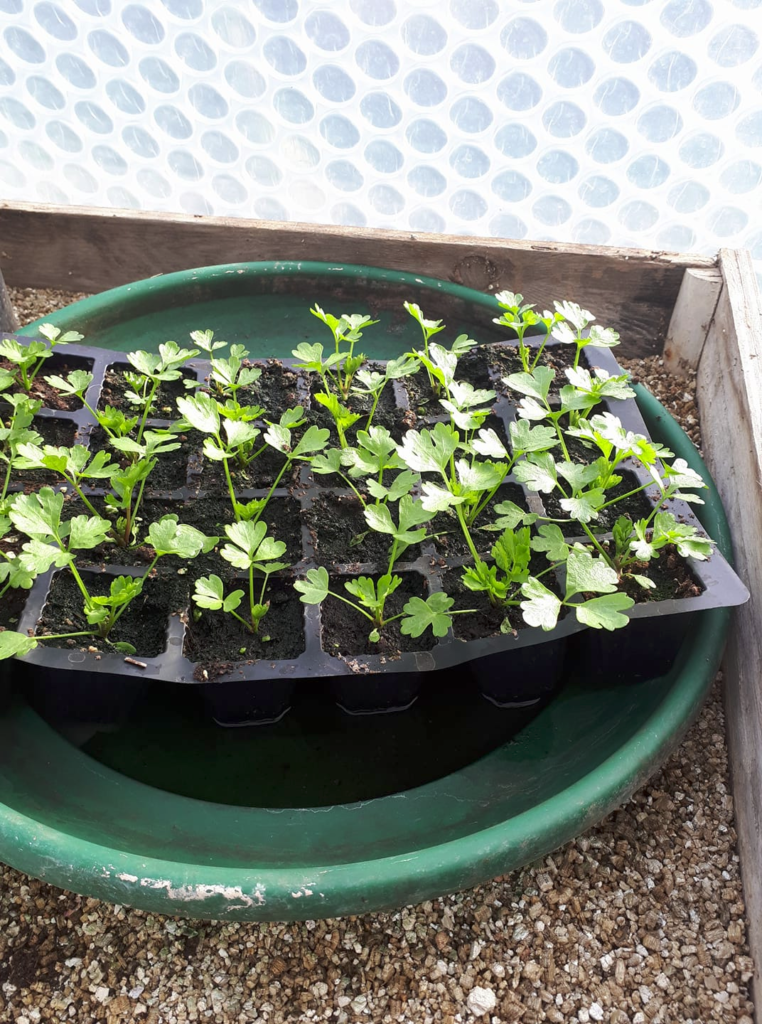
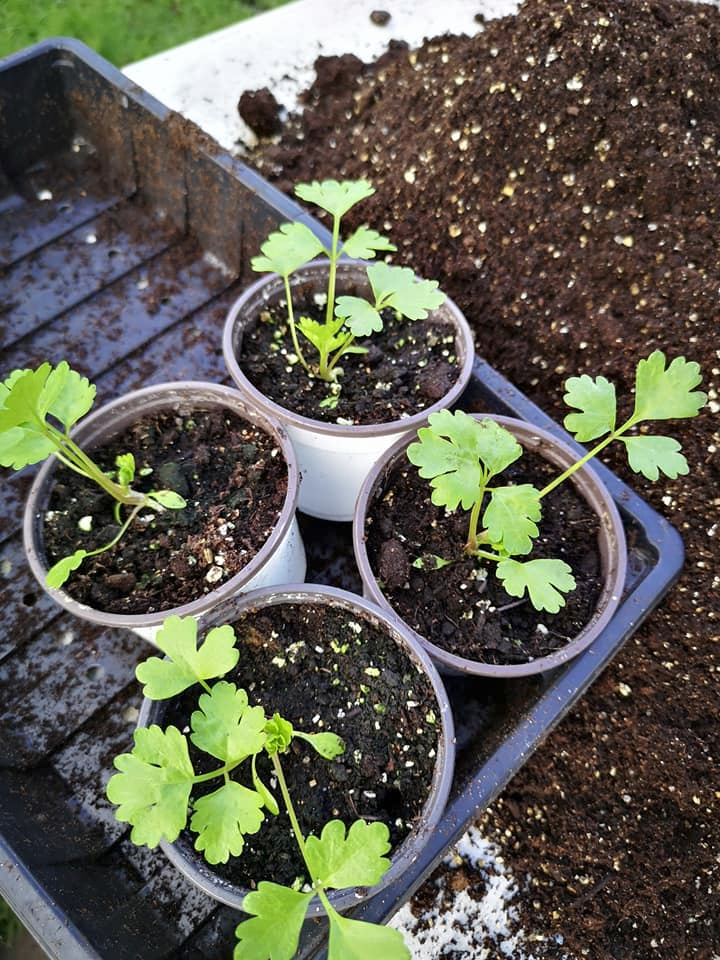
Once watered, cover the pots/ trays with a transparent cover – sheet of glass, cling film, or propagator lid and transfer to a warm bright position. Just make sure that it is out of direct sunlight. Once the seeds have germinated you can remove the cover, and now water as necessary.
Once the celery seeds are large enough, either thin the seedlings or prick them out to their own pots.
Once the temperatures outside are consistently above 50F, you can plant your celery into your garden. Remember that celery is very temperature sensitive, so don’t plant it out too early or you will kill or weaken the celery plant or risk it going to seed later in the season. Our celery are potted on several times in a heated greenhouse. They are potted up into AirRAP pots prior to planting out.
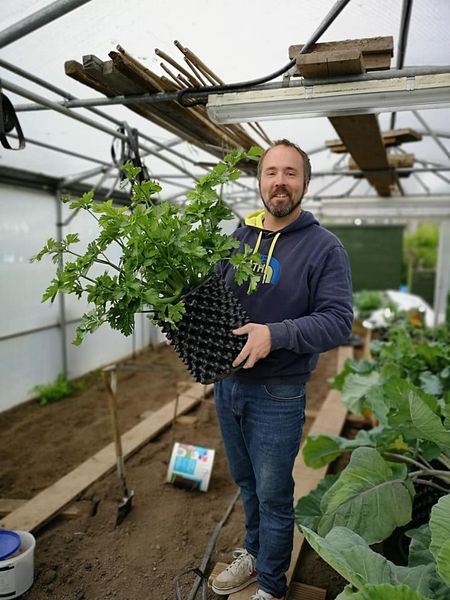

They are planted in the Keder Greenhouse in May. We harden them off for a week to 10 days before transplanting outside, by setting them outdoors in the warmer part of the day for a few hours, gradually increasing until they are inside only at night
Grow celery in compost rich, moisture retentive soil that borders on wet but still drains. Celery prefers a soil with a pH between 5.8 and 6.8. Celery has a low tolerance for heat and prefers a cool, cloudy location where growing temperatures range between 60°F and 70°F. Plant celery where the growing season offers 4 months of cool weather. Use a base organic Blood Fish and Bone fertilizer to help the plants start outside, mixing it into the soil before planting.
A growing celery plant needs a lot of water so make sure that you keep the soil evenly moist and do not forget to water them. Celery cannot tolerate drought of any kind. If the ground is not kept consistently moist, it will slow growth, and encourage plants to send up flower stalks. You will also need to fertilise regularly as celery plants require plenty of nutrients. This can be as simple as a handful of Vitax Q4 and chicken pellets every 14 days.
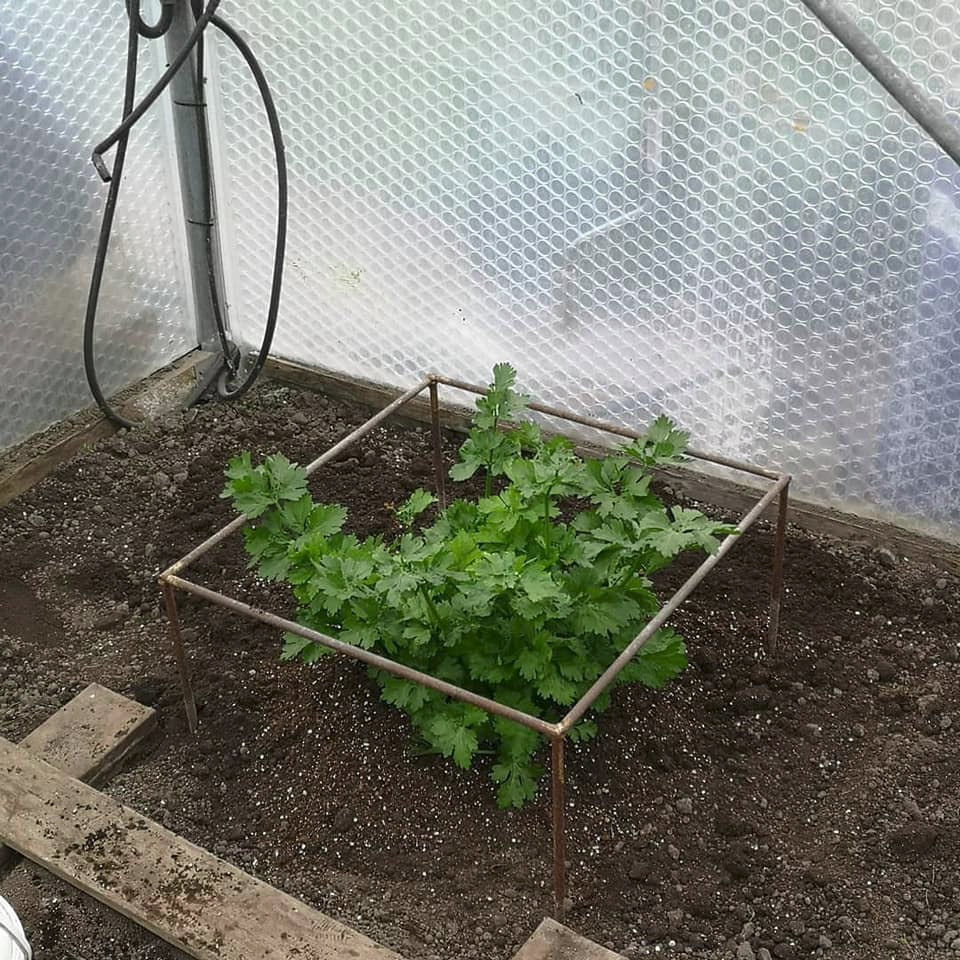
Keep celery planting beds weed free to avoid competition for moisture and nutrients. Keep cultivation shallow so as not to damage roots. Mulch with a light layer of mulch around the bases of celery in the garden when they are at least six inches tall. This will help keep down weeds and help the plants retain their much-needed water. Take care when weeding around celery; do it by hand, not with a hoe, and keep a sharp eye out to avoid damaging their shallow roots.
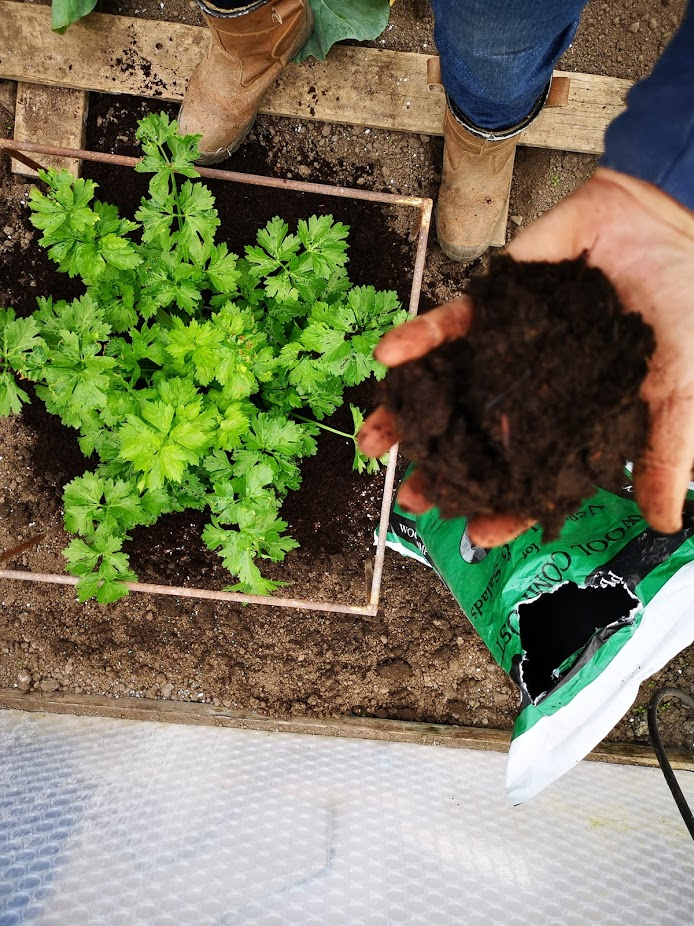
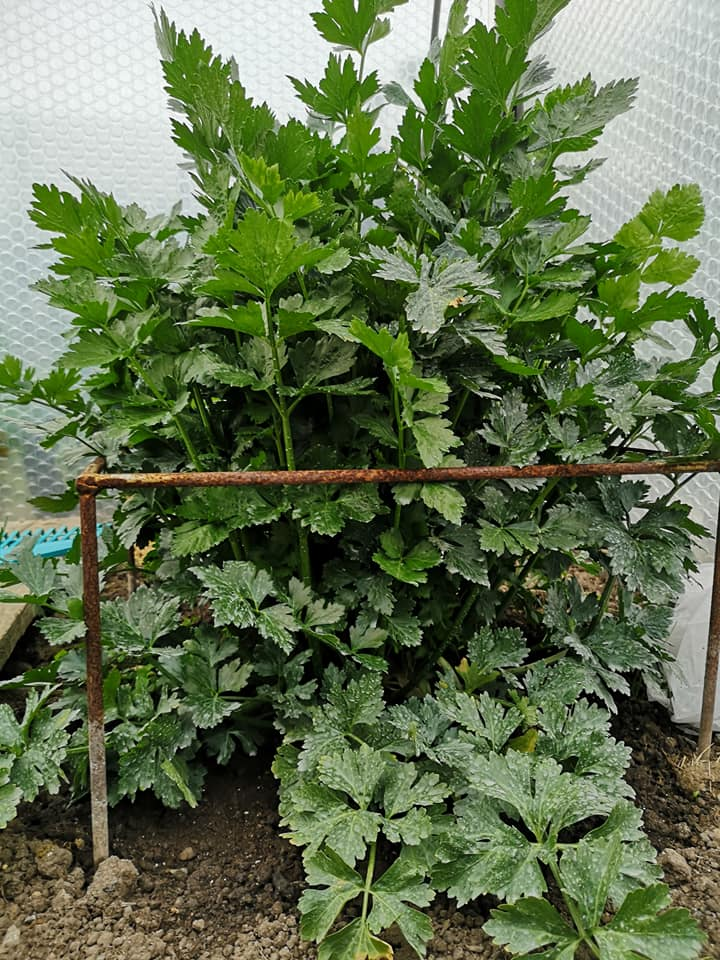

Celery also requires a long, cool growing season, from 130 to 140 days of moderate weather. It grows best in climates with either very mild winters, where it is a good winter crop, or in climates with cool summers. Rich topsoil is a must, as celery has shallow roots just a few inches deep that need a moist top layer with plenty of organic matter. We add Dalefoot compost as a mulch around the surface and this helps to prevent the surface roots from ‘cooking’ as well as acts as a slow-release nitrogen fix for the plants.
Applying liquid organic fertilizer early in the growing season will help your celery continue regular growth, especially as the weather gets warmer. Water at least every other day to keep celery from becoming tough and stringy. Water every day if there is no rain. As we grow inside we use a relatively inexpensive system called Antelco. This is connected up to a PlantIT battery operated timer and linked to a 240 litre reservoir. This provides deeper penetration of feed through the soil and more healthier plants as a result.
Celery usually encounters no serious pest problems but can be attacked by celery leaf miner, slugs and red spider. We have tried predators this year and they seemed to control the bugs. This needs to be carried out as part of a controlled preventative programme.
In terms of diseases, Pink rot, black heart, and blight can attack celery. Make sure there is adequate magnesium and calcium in the soil as well as regular foliar feeding with Cal Mag and Seaweed to maintain the plants health. Every 7-10 days we will add Instant Compost Tea
